Shea Butter
Nut Oil
Shea Butter
Other Name(s):
Butyrospermum parkii Butter; Vitellaria paradoxa Butter; Hydrogenated Shea Butter; Shea Nut Oil; Karité

Shea trees thrive especially well in hot, tropical areas averaging 900 mm - 1200 mm rainfall a year and aren't too picky about soil conditions. Its found all across the dry savannah belt, north of the equator. Countries leading the production and export of shea butter include Nigeria, Burkina Faso, Mali, Ghana and Sudan. A healthy, mature shea tree can produce up to 50 kgs of fruit in a good year.
Is Shea Butter Faithful to Nature?
Yes.
Shea butter is an all-natural ingredient with amazing beauty benefits. It’s also considered a sustainable resource which empowers impoverished communities without harming the natural environment. Shea butter doesn’t just nourish hair, skin and nails but it puts food on the table for underprivileged families.
Benefits: Why is Shea Butter Used?
Excellent Moisturiser
Shea butter supports skin elasticity by boosting natural collagen production.
Excellent for Sensitive Skin
Shea butter is about as natural as it can get. Pure Shea butter does not include any preservatives or fragrances, making it an excellent option for sensitive skin.
Perfect Skin Protection
Shea butter supports the skin’s natural barrier function protecting against blemish causing bacteria, harsh environmental conditions and pollution.
Shiny, Healthy Hair
Shea butter rehydrates dry, damaged hair leaving it fuller, shinier and stronger.
Shea butter can be found in its pure form, available as a single ingredient body butter, but it’s also used very frequently in moisturising creams & lotions, lipsticks, lip balms, bar soaps, hair masks and much more.
Shea are collected from the ground of shea groves or forests, after falling naturally from the trees. Sustainable plantations leave approximately one third of the nuts on the ground in order to allow the soil to be renourished and the next generation of shea trees to sprout. The collected nuts are then ground into smaller pieces. These pieces are then either roasted, milled and pressed. This pulp is then kneaded (often by hand), resulting in the beautiful, off-white shea butter we know and love.
The preferred scientific name for the shea tree is Vitellaria paradoxa. The now outdated binomial Butyrospermum parkii is still used on cosmetic ingredient labels however, because the International Nomenclature for Cosmetic Ingredients (INCI) has decided that switching to the correct name would confuse customers.
Traditional Ghanain cuisine frequently uses shea butter as a cooking ingredient, similar to dairy butter in its uses.
Shea trees are pollinated by bees, making these plants and their cultivation important for the continued plans to rescue these vital insects. Beehives situated in shea trees yield a handsome amount of honey since they’re guaranteed a great source of pollen.
Shea butter’s fatty acid composition is approximately 46% stearic acid, 41% oleic acid, 6% linoleic acid, and 4% palmitic acid.
Notice: The information provided here is not intended as medical advice and is for educational purposes only.
Products Containing Shea Butter
-
sku67583
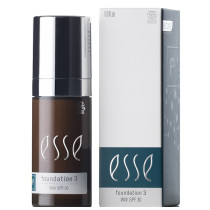
-
sku137434


-
sku70

-
sku137438


-
sku6709


-
sku8574
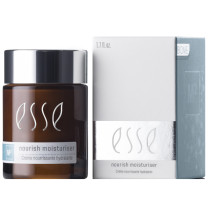
-
sku69
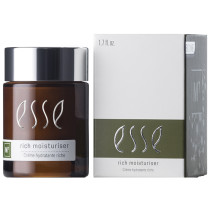
-
sku78793


-
sku137439


-
sku108778


-
sku82044

-
sku64561

-
sku1536

-
sku11540


-
sku8849

-
sku69002
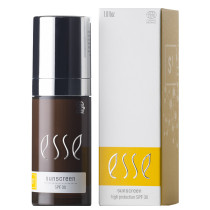
-
sku137433

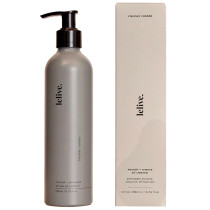
-
sku1535

-
sku1533

-
sku1537

-
sku1530

-
sku4235


-
sku5272

-
sku1935v5
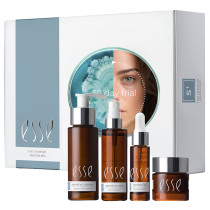
-
sku8854
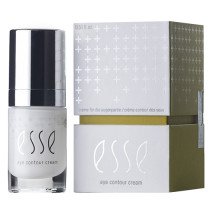
-
sku1534

-
sku117375


-
sku138404

-
sku94531


-
sku69064


-
sku8853
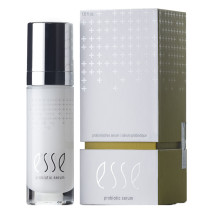
-
sku60510

-
sku11027


-
sku6222
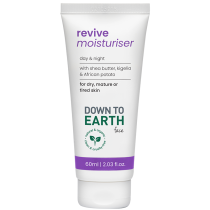
-
sku130097


-
sku108780


-
sku130096


-
sku85483
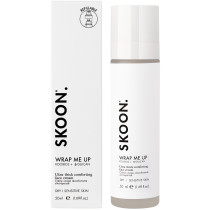
-
sku103307


-
sku4725





